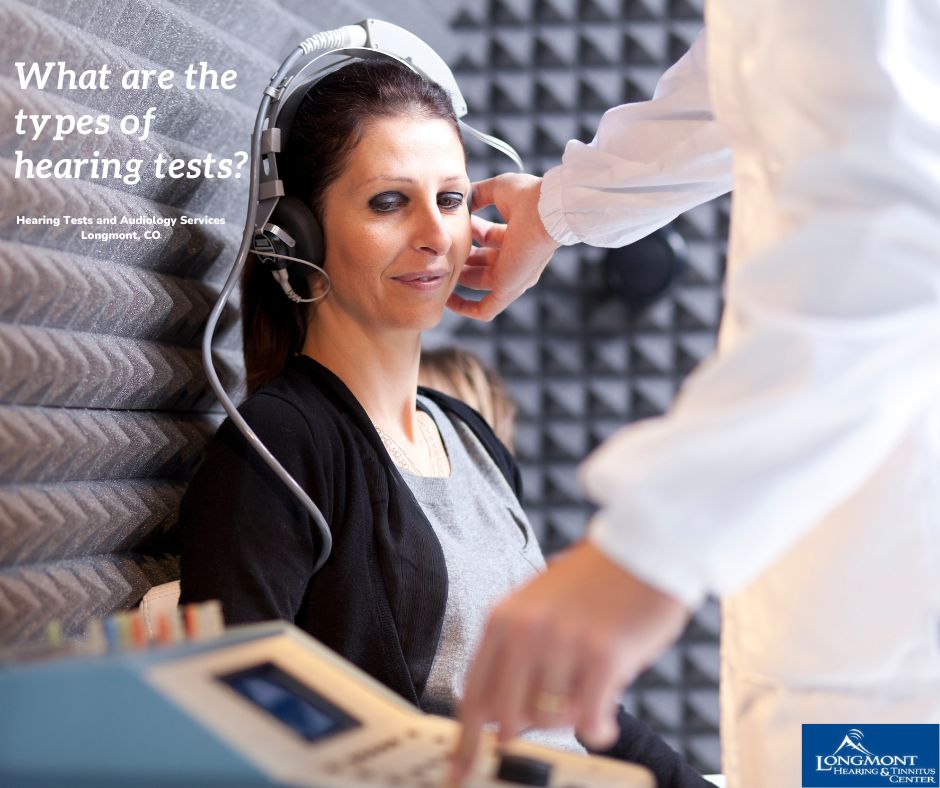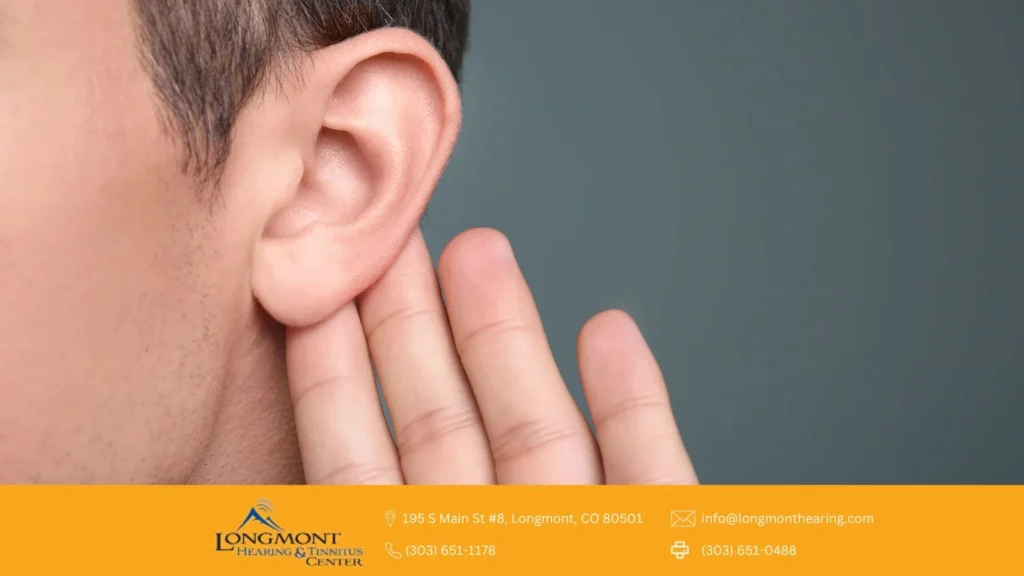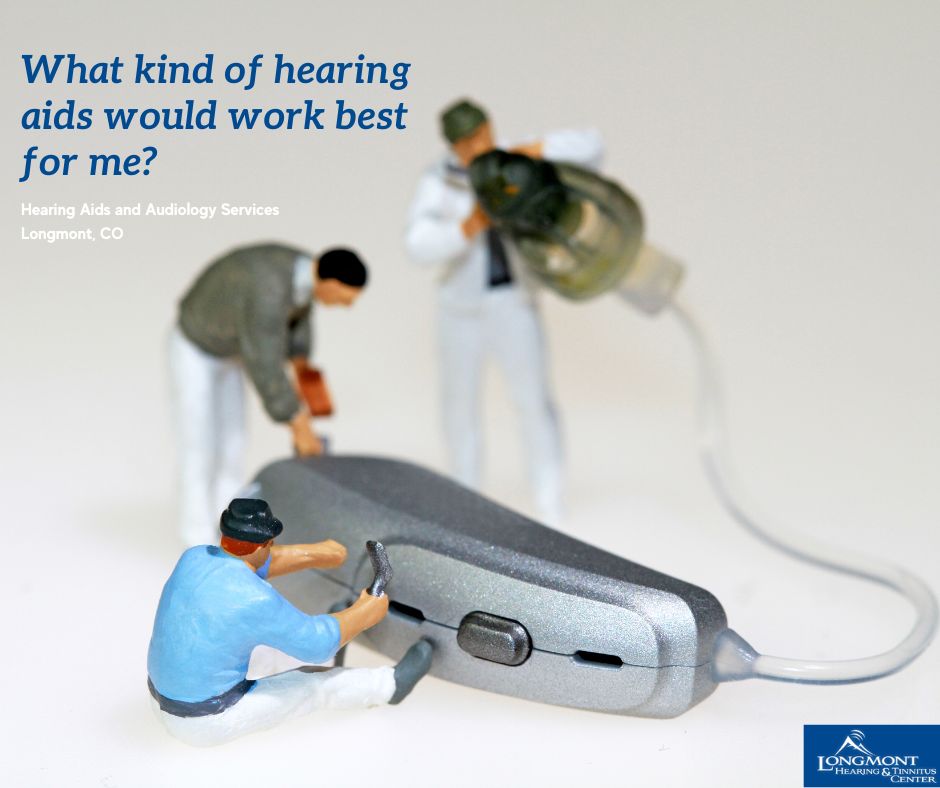Is your hearing not as good as it normally was? Have your family and friends been complaining about the loudness of your TV or car radio volume? You might need to get your hearing tested.
There are numerous hearing tests available, and in some circumstances, more than one hearing test may be required to provide an accurate diagnosis. This determines the kind and severity of your hearing loss.
Hearing tests are completely painless and risk-free. The majority of this testing is carried out in a soundproof studio using specially fitted headphones. The results of the tests are plotted on an audiogram, which is a visual depiction of your degree of hearing loss.
After a hearing test, an audiologist will explain the findings of your hearing test with you and the next measures you can take.
Types of hearing tests
Pure-tone testing
Pure-tone testing or pure-tone audiometry measures the weakest tones a person can hear at various pitches (frequencies) ranging from low to high. During this examination, earbuds or headphones are worn and the patient will be asked to respond to the sounds transmitted by either:
- Raising a hand or finger(s)
- Pressing a button
- Pointing to the ear where the sound was received
- Saying “yes” to indicate the sound was heard
Speech-in-noise testing
For speech-in-noise testing, an audiologist will perform hearing and speaking tests. The speech reception threshold (SRT) is one of the tests that the audiologist does during a hearing test.
This type of hearing test is commonly used with older children and adults to corroborate the results of the pure-tone test. The SRT records the most faintly audible speech half of the time.
People with hearing loss frequently complain about difficulty recognizing speech in background noise, and getting an accurate measurement of how well you hear in background noise will be of great help in addressing your hearing concerns.
Middle ear testing
Tympanometry, acoustic reflex measurements, and acoustic decay measurements are examples of hearing tests designed to gauge the middle ear’s ability.
Tympanometry aids in the identification of fluid in the middle ear, eardrum perforation, or wax clogging the ear canal. Tympanometry works by forcing air into the ear canal, causing the eardrum to move back and forth. The test examines the eardrum’s mobility.
Acoustic reflex measurements provide further information regarding the potential site of the hearing issue. Everyone has an auditory reflex in response to sounds. When a loud sound is heard, a small muscle in the middle ear contracts. Through acoustic reflex measurements, we can determine the kind of hearing loss based on the loudness level where the acoustic reflex occurs.
Otoacoustic emissions (OAEs)
Otoacoustic emissions (OAEs) are signals produced by the inner ear in response to sound stimulation of the cochlea. The outer hair cells vibrate when sound hits the cochlea. The vibration causes a practically inaudible sound to reverberate back into the middle ear.
A tiny probe placed in the ear canal can be used to measure the sound. Emissions are produced by people with normal hearing. These very quiet sounds are not produced by those who have a hearing loss larger than 25-30 decibels (dB).
OAEs can detect an obstruction in the outer ear canal, as well as the occurrence of middle ear fluid and/or damage to the cochlea’s outer hair cells.
Hearing Tests in Longmont, CO
Getting your hearing checked accurately and professionally is the first step towards better hearing. Longmont Hearing & Tinnitus Center offers a wide range of hearing tests using the most updated equipment and technology to ensure that you get only the best hearing solutions in town.
Contact us today to book your appointment!





